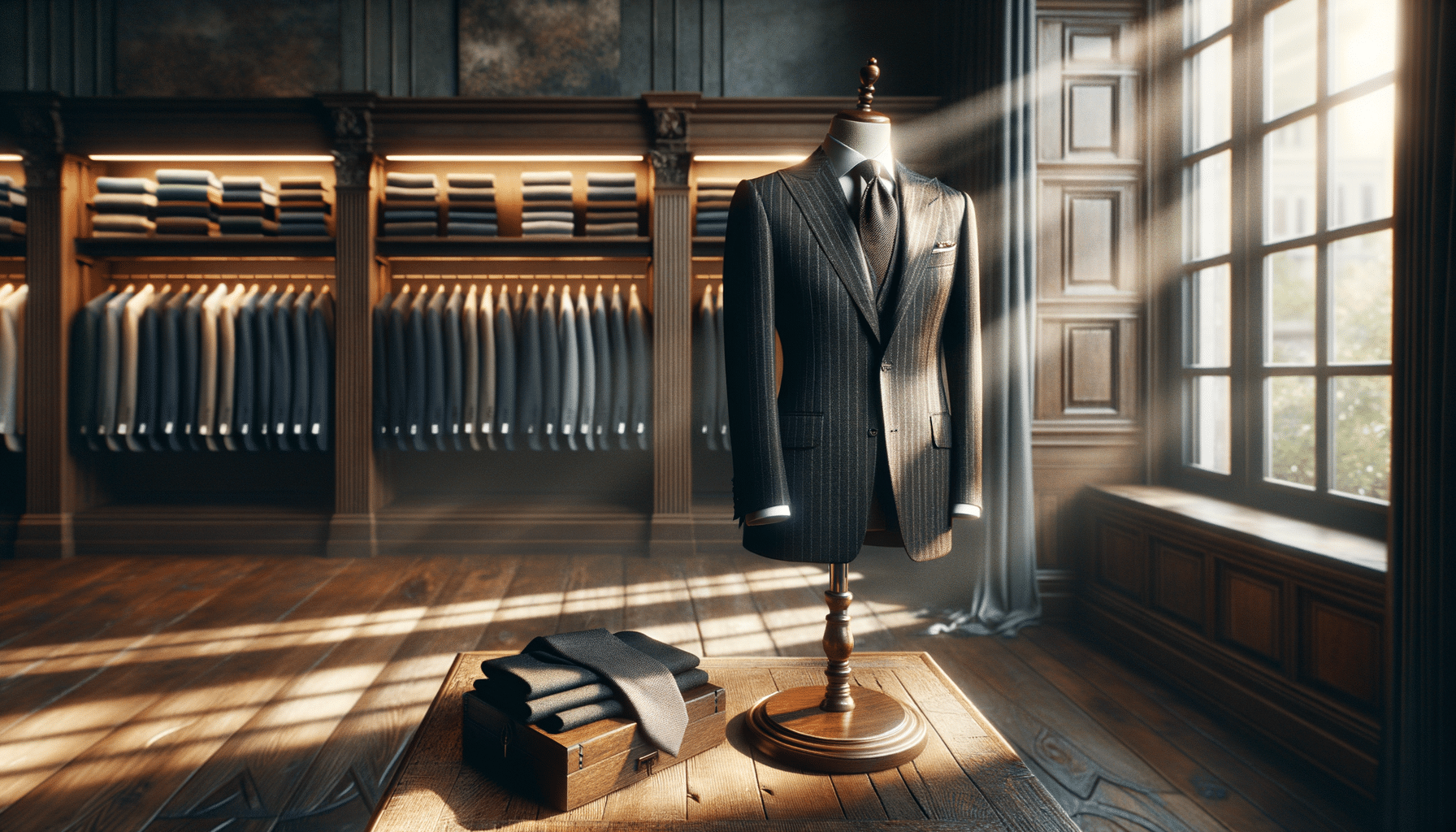
The Art of Stylish Men’s Suits: A Comprehensive Guide
Introduction to Stylish Men’s Suits
In the world of fashion, men’s suits have long been a symbol of sophistication and style. Whether for a formal event, a business meeting, or a casual outing, a well-tailored suit is an essential part of a man’s wardrobe. The versatility and elegance of suits make them a preferred choice for many occasions. This article delves into the various aspects of stylish men’s suits, exploring their history, types, and the elements that contribute to their timeless appeal.
The Evolution of Men’s Suits
Men’s suits have undergone significant transformation over the centuries. Originating in the late 17th century, suits have evolved from the elaborate and heavily adorned garments of the aristocracy to the streamlined and functional designs of today. The modern suit, characterized by its clean lines and minimalistic style, emerged in the early 19th century. This evolution reflects broader changes in societal norms and fashion trends, where simplicity and functionality became more valued.
The 20th century saw further diversification in suit styles, influenced by cultural shifts and technological advancements in textile production. The introduction of synthetic fibers, for example, allowed for more affordable and durable suits. Today, suits are available in a wide range of materials, patterns, and colors, catering to diverse tastes and preferences.
Types of Men’s Suits
Understanding the different types of men’s suits is crucial for choosing the right one for any occasion. Here are some popular styles:
- Single-Breasted Suit: The most common style, featuring one row of buttons and a narrow overlap of fabric.
- Double-Breasted Suit: Known for its wide, overlapping front flaps and two rows of buttons, offering a more formal look.
- Tuxedo: A staple for black-tie events, distinguished by satin lapels and a more luxurious fabric.
- Three-Piece Suit: Includes a matching waistcoat, providing an extra layer of sophistication.
Each type of suit offers a unique aesthetic and is suitable for different occasions. For instance, a single-breasted suit is versatile and can be worn in both professional and social settings, while a tuxedo is reserved for formal events.
Choosing the Right Suit Fabric
The fabric of a suit plays a crucial role in its appearance, comfort, and durability. Here are some commonly used fabrics:
- Wool: Known for its versatility and breathability, wool is ideal for both winter and summer suits.
- Cotton: Offers a casual look and is perfect for warm weather due to its lightweight nature.
- Linen: Highly breathable and suitable for summer, though prone to wrinkling.
- Polyester: A budget-friendly option, often blended with other fibers for improved quality.
Each fabric has its own set of advantages and is chosen based on the season, occasion, and personal preference.
Accessorizing Your Suit
Accessories can elevate the overall look of a suit, adding a personal touch and enhancing its style. Key accessories include:
- Ties and Bowties: Essential for formal occasions, offering a pop of color or pattern.
- Pocket Squares: Add flair and can coordinate with the tie or shirt.
- Cufflinks: Provide a sophisticated touch and are suitable for dress shirts with French cuffs.
- Belts and Suspenders: Ensure a perfect fit and can complement the suit’s color and style.
Choosing the right accessories involves balancing style and functionality, ensuring they complement rather than overpower the suit.
Conclusion: The Timeless Appeal of Men’s Suits
Men’s suits remain a cornerstone of fashion, offering timeless elegance and unmatched versatility. Whether opting for a classic wool suit or a modern linen ensemble, the right suit can significantly enhance a man’s wardrobe. By understanding the different styles, fabrics, and accessories, one can make informed decisions that reflect personal style and meet the demands of various occasions. Stylish men’s suits continue to be a testament to the enduring appeal of refined fashion.


